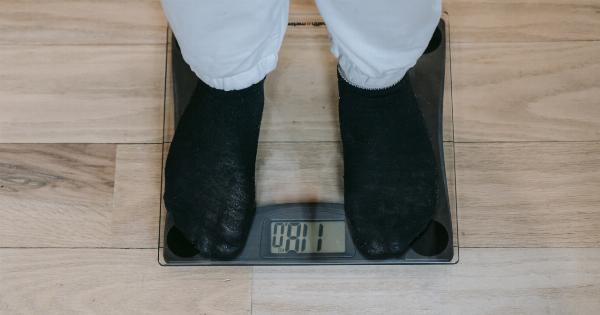Olives have been a staple in Mediterranean cuisine for centuries. However, despite their popularity, not all olives are created equal. Some olives may contain harmful chemicals or have been produced in unsanitary conditions, putting your health at risk.
Therefore, it is important to know how to identify red flags when it comes to olive safety.
1. Suspicious Packaging
When purchasing olives, always pay attention to the packaging. If the packaging appears damaged or low quality, it may be a sign that the olives were not stored properly, leaving them vulnerable to contamination.
Additionally, if the packaging lacks important information such as the expiration date or the name of the olive variety, this may indicate a lack of regulatory compliance or poor quality control.
2. High Salt Content
Olives naturally contain salt because they are preserved in brine. However, some olives may have an excessive salt content due to the use of lower quality olives or the addition of extra salt to mask poor flavor.
High levels of salt can be harmful to your health, especially if you have high blood pressure or are at risk of heart disease.
3. Unlicensed or Unregulated Producers
When it comes to food safety, it is essential to know where your food comes from. Olives produced by unlicensed or unregulated producers may not meet safety standards or may contain harmful additives.
Always check the label to ensure that the producer is licensed and meets regulatory requirements.
4. Foreign Particles
Olives should be free from foreign particles such as dirt, insects, or other contaminants. If you spot foreign particles in your olive container, this is a clear red flag that the olives were not stored or processed correctly.
Proper processing involves thorough washing and sorting of the olives before packaging.
5. Rancid Odor or Flavor
Fresh olives should have a distinct aroma and flavor. If your olives smell or taste rancid or off, this is a sign that they may be spoiled or contaminated.
Always trust your senses when it comes to food safety, and if something seems off, it is best to err on the side of caution.
6. Excessive Mold
Mold is a common occurrence in olives, but excessive mold growth can be a sign that the olives were not processed correctly or were not stored in the proper conditions. Mold can be harmful to your health, especially if you have allergies or asthma.
Always check for any signs of mold before consuming olives.
7. Added Chemicals
Some producers may add chemicals to their olives to enhance color or flavor, or to extend their shelf life. However, these chemicals can be harmful to your health if consumed in excess.
Always check the ingredient list to ensure that the olives do not contain any harmful additives.
8. Unsanitary Processing Conditions
Olives should be processed and handled in clean and sanitary conditions to prevent contamination.
If you observe unsanitary conditions in the processing or packaging of the olives, this is a clear red flag that the olives may not be safe for consumption.
9. Unverified Health Claims
Some producers may make health claims about their olives, such as that they contain high amounts of antioxidants or are good for weight loss. However, these claims may be unverified or exaggerated.
Always do your own research and consult with a medical professional before relying on any health claims regarding olives.
10. Inconsistencies in Quality
Quality control is essential in ensuring that olives are safe for consumption. Inconsistencies in the quality of olives, such as variation in color or size, may indicate poor quality control or unreliable sources.
Always choose olives that are consistent in quality and have been properly processed and stored.




























